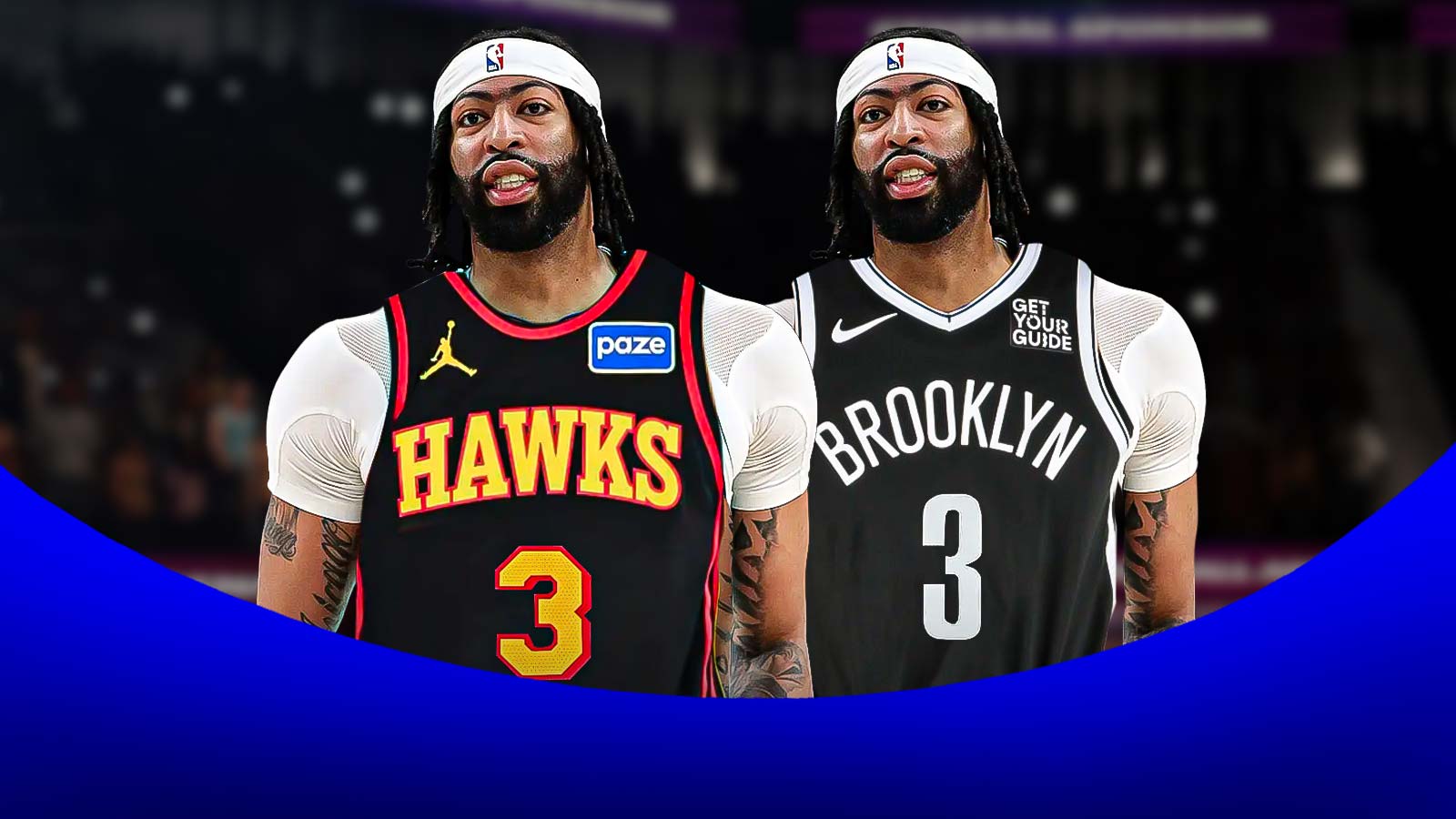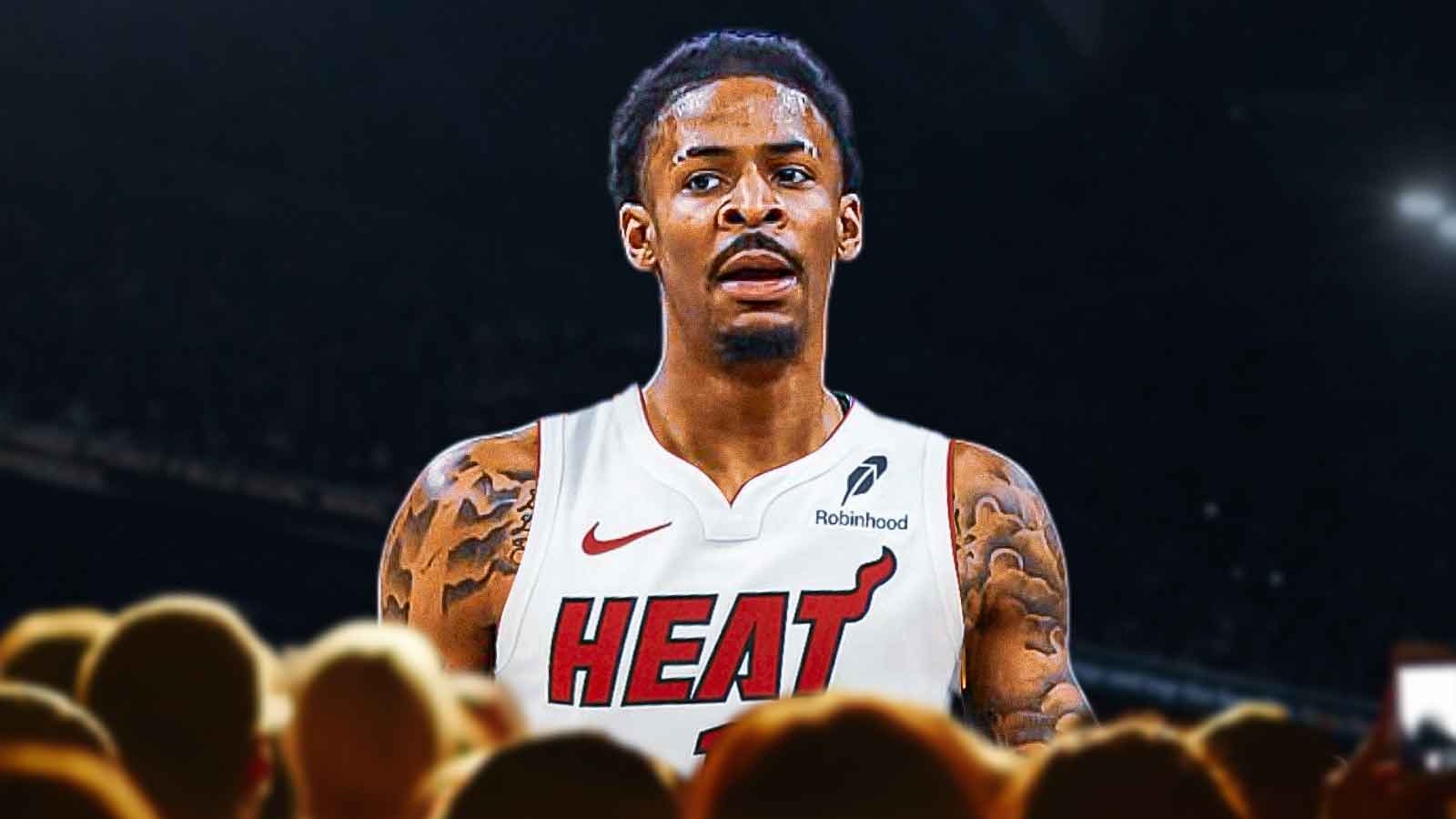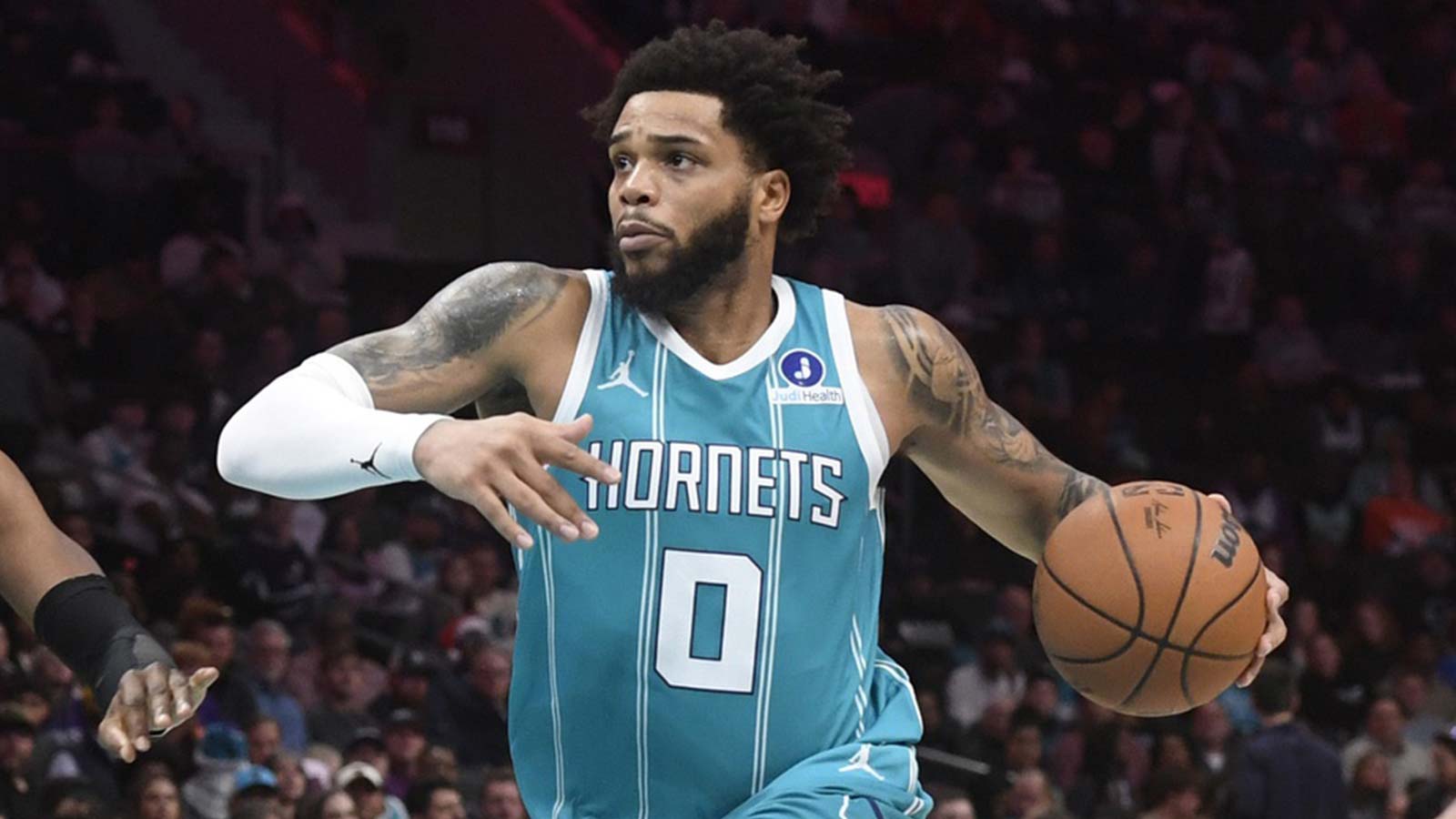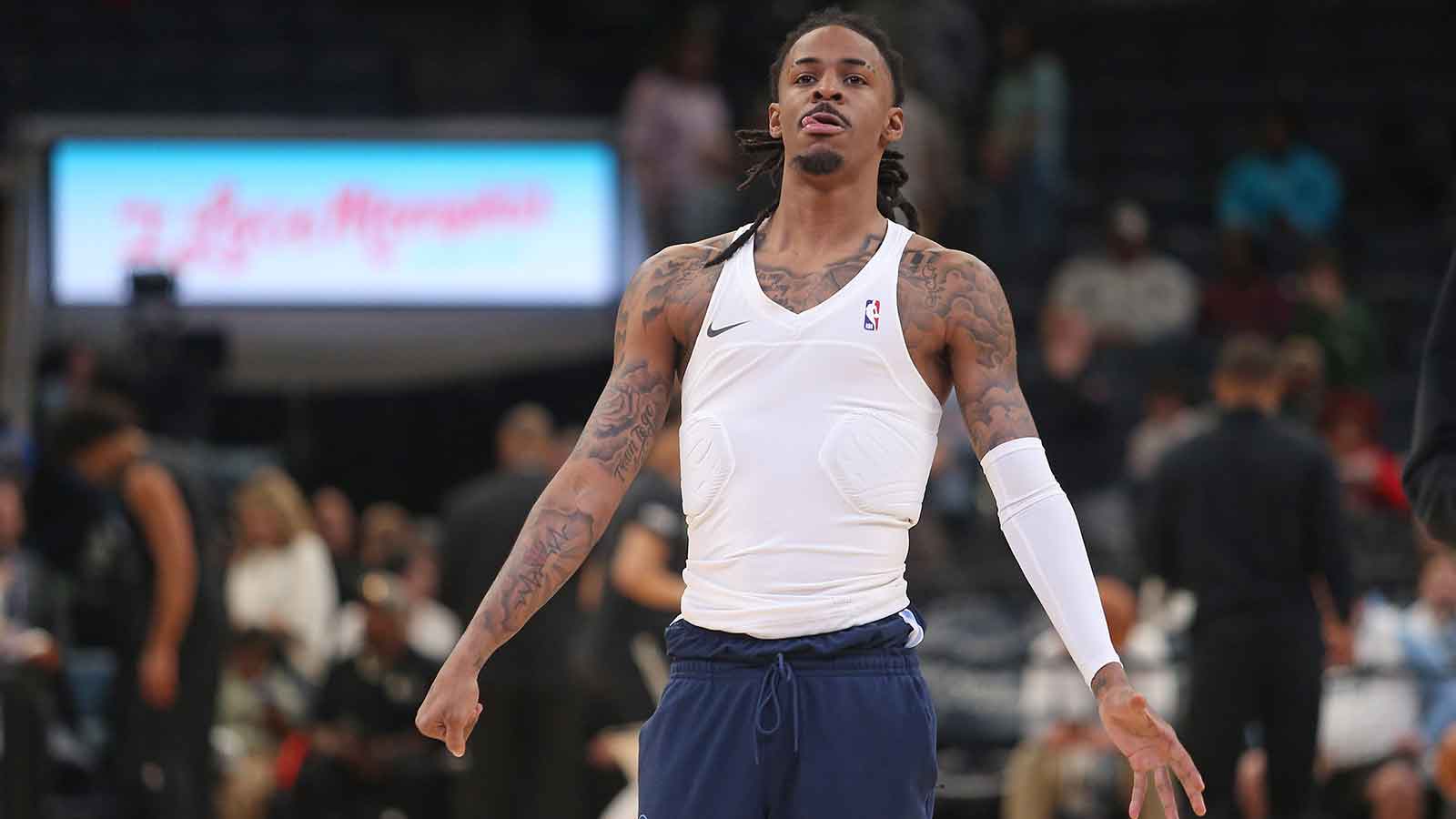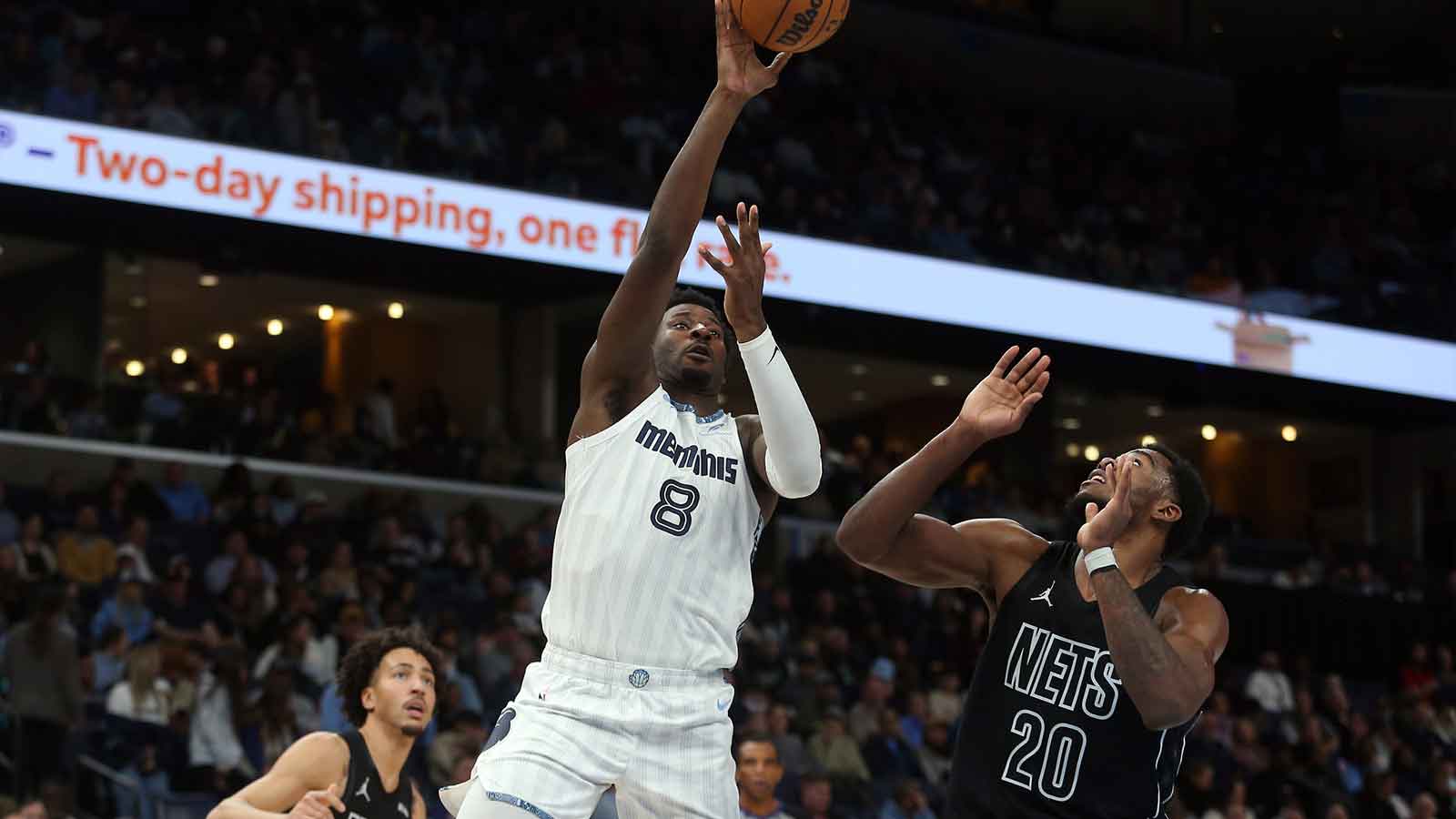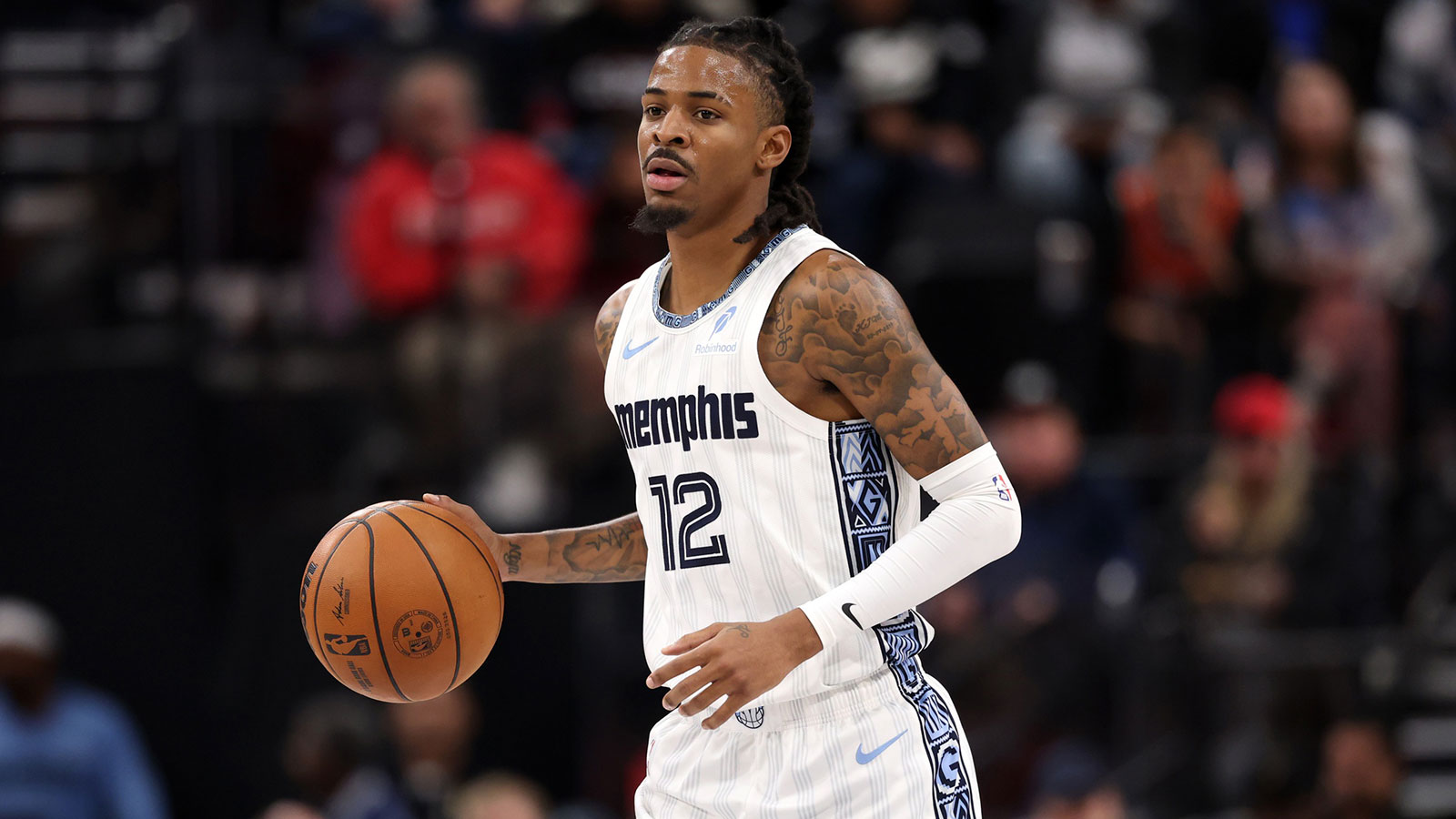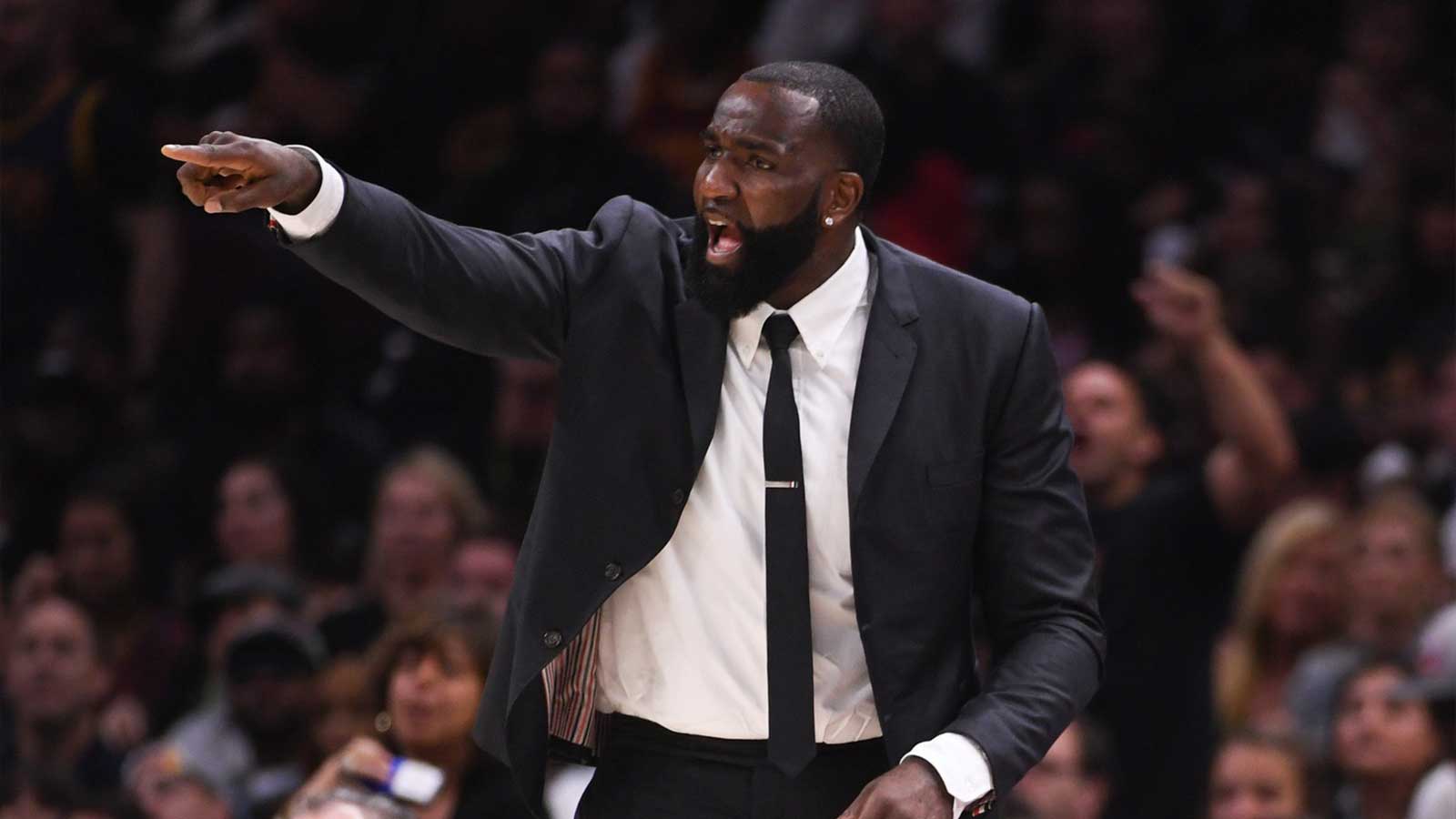Wesley Johnson, Darrell Arthur, Kelly Olynyk and Joe Harris. At first glance, a seemingly random selection of unexceptional, run-of-the-mill NBA players. There is, however, a common bond shared by all four members of this quartet – at some point of their careers, each of them has won the elusive Most Average NBA Player award.
The MAP award, initially sparked by Brandon Bass as the consensus average player several seasons ago, is heading towards its fifth edition. The immediate post All-Star break period is the perfect time to hand it out since the sample size is already decent, and not yet contaminated by calculations typical for the latter part of the season, such as teams embracing the tank or resting players for the postseason. For consistency's sake, the selection method will remain the same and rely on three key factors.
- Biological frame. Based on the data available at Basketball Reference, the average 2018-19 NBA player is 26.3 years old, weighs 218 lbs. and is 6′ 7” tall. While by no means a decisive factor, the closer the player is to fitting that mold, the higher his chances are of being considered for the MAP award.
- Basic production. The median rank of a player in terms of basic stats. The ESPN leaderboard of qualified players, currently featuring 268 players, is used to determine the prototypical average player based on statistical output. That means that only players that come close to matching the token middle-of-the-pack model in terms of points, assists, rebounds, steals and blocks will be involved in the selection process.
- Advanced stats. Stats like PER, BPM and VORP provide a good insight into how a particular player stacks up against the league average. Those, along with the eye-test, will be used to make the final distinction in case of two or more players ending up as the perfect MAP candidates.
When it comes to basic stats, the average player this season is:
- scoring 10.2 points per game, just like Dario Saric
- grabbing 4.1 rebounds per game, just like Danny Green
- dishing out 2.0 assists per game, just like Eric Gordon
- snatching 0.7 steals per game, just like Frank Ntilikina
- recording 0.4 blocks per game, just like Stephen Curry
Let's take a look at how those numbers compare to the average player prototypes from previous seasons:

Over the past five seasons, the numbers posted by the simulated average player have been quite consistent. It is interesting to note, however, that the model seems to follow the observable league-wide trend of raw stats inflation. So while that 10/4/2 guy is certainly getting better, he remains a relatively mediocre player who is either the worst starter or the best bench player on a given team. In a typical 10 or 11-man rotation, that makes him exactly what we're looking for – the average player.
Now that the prototype has been created, it's time to seek out the players that aptly fit the bill. This season, there are seven players who don't deviate from the average value for each statistical category by more than a single point.

It is obvious right off the bat that two players stand above the rest in the race for this prestigious award – Alec Burks and Justin Holiday. Holiday is slightly above average in his ability to force turnovers, but both him and Burks are exceptionally close to the required values in all categories.
The average NBA fan has most likely heard of both Burks and Holiday. Putting a face to a name, however, might be a tougher task. Singling out what any of them is particularly good or bad at – next to impossible. In that regard, that makes them both the perfect candidates for the MAP crown, so let's take a look at the advanced stats to make the final distinction.
According to the Box Plus/Minus (BPM), both Burks (-2.2) and Holiday (-0.9) are slightly below the average in terms of their estimated scoring contribution per 100 possessions. The Value over Replacement Player rates them a bit higher, a tad above a token replacement-level player. However, neither Burks (-0.1) nor Holiday (0.6) will exactly be tipping the scale in their respective team's favor when on the court.
Finally, a look into the Player Efficiency Rating (PER) gives Burks a slight advantage in the advanced stats department. Since PER is always calibrated to the average value of 15, Burks' efficiency rating of 12.8 comes notably closer to the sought-for average than Holiday's 9.4 rating posted over the course of the season.
Picking either Burks or Holiday as this year's Most Average Player award winner would certainly be a justified decision. It is now clear, however, that Burks has a small advantage in all the relevant statistical categories. Furthermore, he is 27 years old (league average 26), 6′ 6” tall (average 6′ 7”), and weighs 214 lbs (average 218 lbs). That makes him not only a statistical, but also a perfect biological specimen of an average player of today's era.
Over the course of this season, in which he has already donned the Jazz, Cavs and Kings jerseys, Alec Burks has been a solid, but far from an outstanding contributor. OK on offense, OK on defense, good for about two quarters of play – and the Most Average NBA Player award. While not the shiniest of them all, the award, however, is nothing to scoff at. In the grand scheme of things, it presents a badge of honor for being among ~200 best basketball players in the world. For any player, and especially for Burks who has dealt with large-scale injuries throughout his whole career, that still has to be considered a noteworthy achievement.
—
All stats retrieved on Feb 21, courtesy of Basketball Reference.










